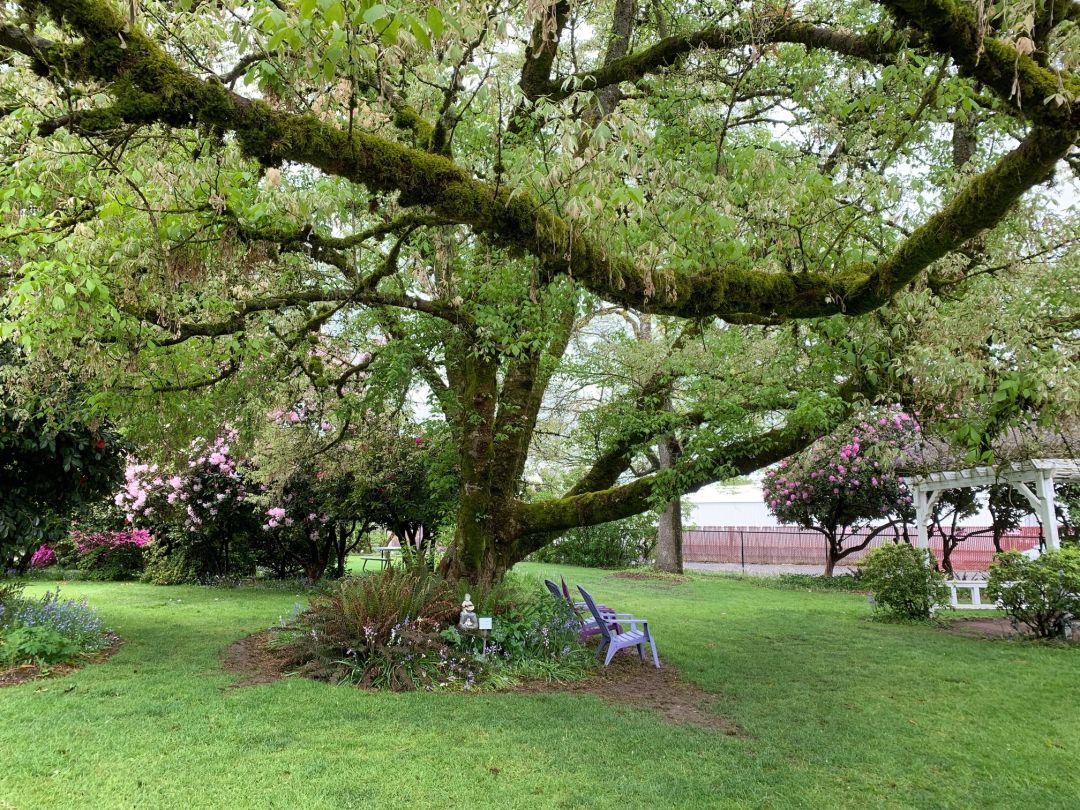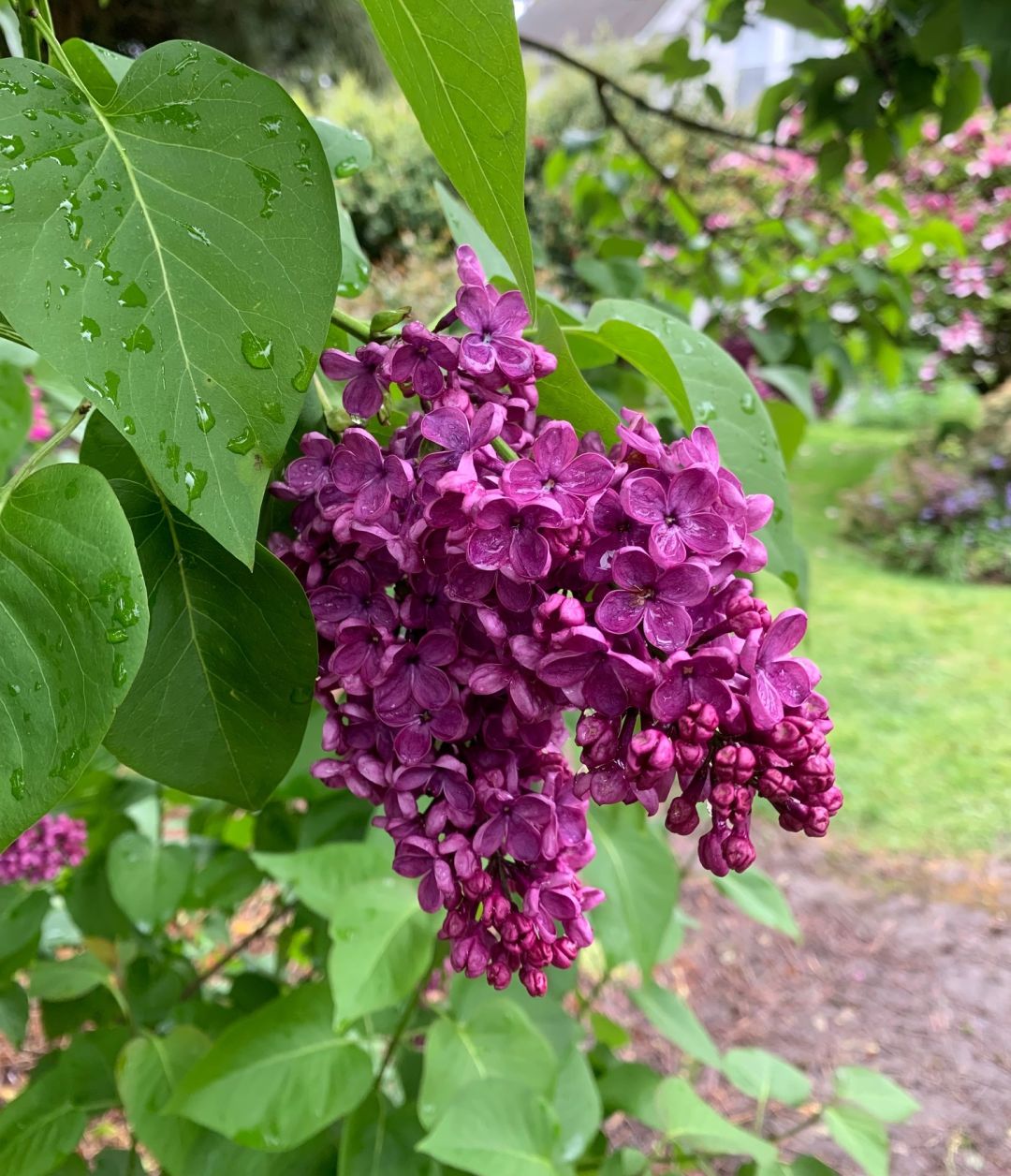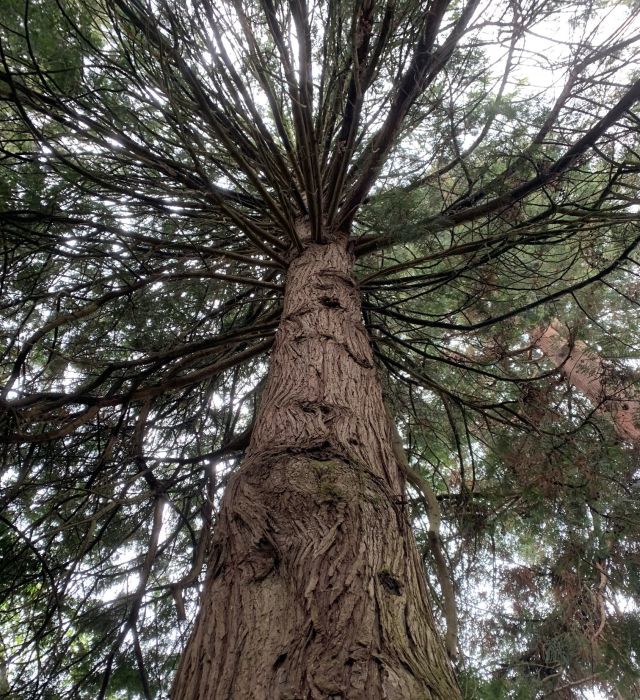Lilacs for Days at Hulda Klager Gardens in Woodland, Washington

A box elder joins the namesake plants at Hulda Klager Lilac Gardens in Woodland, Wash.
Image: Margaret Seiler
This year's chilly, rainy, spring in the Pacific Northwest has its silver linings, including that some of the fragile flowers of April, typically been-and-gone already, are still in bloom. And for dedicated lilac-heads, there's no better pilgrimage than to the Hulda Klager Lilac Gardens, a National Register of Historic Places site in Woodland, Washington, 21 miles north of the Columbia River on I-5.
Maintaining its Victorian elegance despite being hard up against an apartment complex, gated suburban developments, and a giant Portco Packaging facility, the garden surrounds an 1889 farmhouse that's normally open to visitors in the run-up to Mother's Day but has been closed during the pandemic.

The Frank Klager hybrid, which the garden's lilac guide classifies as a mid bloomer with an extreme scent.
Image: Margaret Seiler
It's the plants here that are the draw. Klager started experimenting with lilac hybrids in 1905, and many of the specimens on view carry family names, including the deep purple Frank Klager (her husband) and pink Fritz Klager (her son), both of which are classified as "extreme" for scent in the handy lilac guide at the plant-sale station.
The same flood that destroyed Vanport in 1948 wiped out most of Klager's work, and restoration of the gardens became a citywide project, with people who had gotten plants from "the Lilac Lady" bringing her starts. Today, there are also Japanese roses, azaleas, magnolias, and more throughout the seven-acre property, lined with brick walkways and dotted with benches. Walkers and wheelchairs are available to borrow.

A towering cypress
Image: Margaret Seiler
It all glistens on a rainy day, and the trees clustered just south of the house offer protection from downpours: shiny magnolia and California bay trees, a ginkgo biloba, towering Japanese cedars form a mini-arboretum.
Admission to the volunteer-run gardens drops from $5 to $4. Through May, a handful of late bloomers will still be putting our their color and scent, and as the days warm the trees' main job turns to shade, not rain cover. (Or mark your calendar for next year's Lilac Days event, which runs from mid-April through Mother's Day each year, when the garden also sells plants and hopefully the central farmhouse and gift shop will be open again to the public.)




